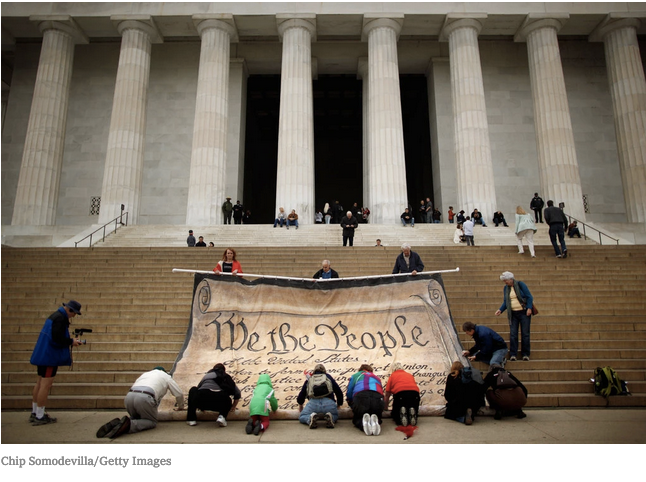SUPREME INEQUALITY
The Supreme Court’s Fifty-Year Battle for a More Unjust America
By Adam Cohen
Many progressives hold these truths to be virtually self-evident. The United States Supreme Court has the hallowed role of protecting the most vulnerable in society. At a minimum, it does not engage in judicial activism to burden them further. And only now, when the court has shifted decisively to the right, is it in danger of relinquishing that function.
Adam Cohen’s “Supreme Inequality” shows that these beliefs utterly fail to capture the court’s treatment of the poor. For 50 years, he explains, it has exacerbated economic inequality through its aggressive jurisprudence.
To begin with the most sacred cow, Cohen, a former member of the New York Times editorial board and the author of several books, refutes the idea that the Supreme Court consistently looks out for vulnerable groups in society — what one fabled 1938 case called “discrete and insular minorities.” According to the theory set in motion in that case, the court’s isolation from representative politics is a virtue because a powerful minority at the top of society — the federal judiciary — can protect powerless minorities at the bottom against the prejudice of the masses.




